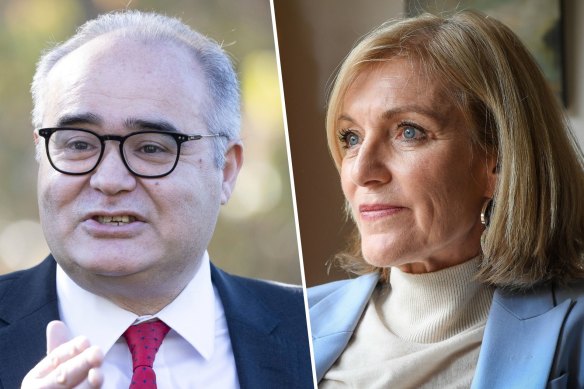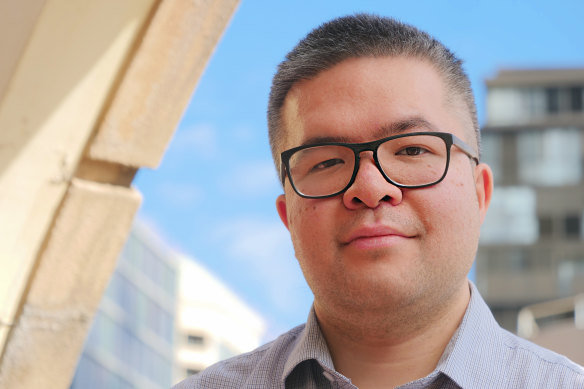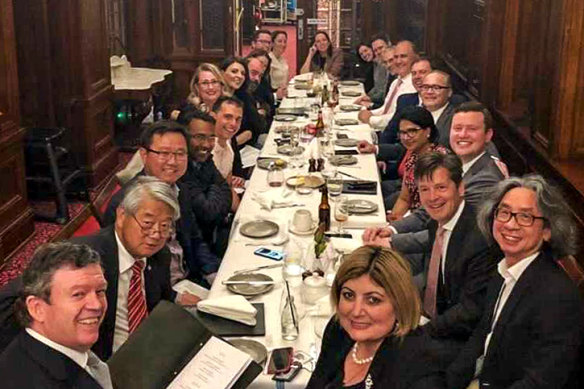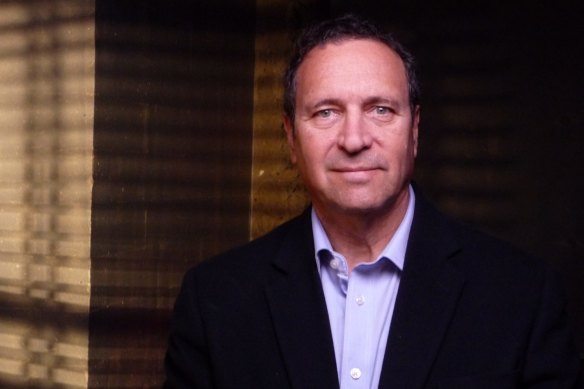By Paul Sakkal
Victoria’s new parliament will have fewer MPs from Asian and Middle Eastern backgrounds than it did before the election, enlarging the gulf between the proportion of Victorians from non-European backgrounds and the number of politicians who look like them.
Seven MPs from non-European backgrounds have left parliament – mostly Labor MPs who lost preselection or retired – and one, Liberal upper house MP Trung Luu, has been elected.

Victorian upper house contenders Adem Somyurek and Fiona Patten.Credit: Justin McManus; Paul Jeffers
Labor’s female quota system means it has a high proportion of women, but its failure to recruit candidates from divergent cultural backgrounds to fill about a dozen vacant seats compounded the existing lack of diversity in the parliament.
In total, the proportion of MPs in parliament from non-European backgrounds fell from more than 10 per cent to about 6 per cent.
This compares to the 25 per cent of Australians who come from non-European backgrounds, an estimate from a University of Sydney and University of Technology Sydney analysis that integrates Australian Human Rights Commission data with the census, which does not specifically ask about ethnicity.
People with non-European heritage include those from Asia, South America, the Middle East, Africa, and Pacific Islands; Indigenous people are not included.

Osmond Chiu, a research fellow at Per Capita.
Five Labor MPs have non-European cultural heritage, representing about 7 per cent of its MPs. Of the Coalition’s 41 MPs, one has non-European ancestry. The Greens have one out of its eight. There is one Indigenous MP, Labor’s Sheena Watt.
Osmond Chiu, a research fellow at left-leaning think tank Per Capita, said the Victorian parliament was unrepresentative of the community.
“A swath of retirements meant Victorian Labor had the opportunity to improve culturally diverse representation, but it chose not to,” Chiu, a member of the NSW branch of the Labor Party who has advocated for more multicultural candidates, said.
“This is despite multicultural communities being central to Labor’s electoral success. After electing the most culturally diverse federal parliament ever in May, it is really disappointing to see the Victorian parliament go backward.”

Several of Labor’s ethnically diverse candidates were associated with dumped Labor MP Adem Somyurek.
“In Ontario and British Columbia [in Canada], about one in five MPs are visible minorities. In London, a third of its assembly members are black and minority ethnic.”
The MPs of non-European background in the new parliament include Greens leader Samantha Ratnam; new Labor ministers Natalie Suleyman and Enver Erdogan; Labor’s Harriet Shing, Gary Maas, Meng Heang Tak; the Liberals’ Luu, and Democratic Labour MP Adem Somyurek, formerly of Labor.
MPs Nazih Elasmar, Tien Kieu, John Eren, Cesar Melhem, Marlene Kairouz and Kaushaliya Vaghela are no longer in parliament. Some were pushed out by Labor’s factions because of their association with Somyurek, the former minister who sparked a corruption probe.
The Liberals lost Craig Ondarchie, who had Sri Lankan heritage. The party had a handful of unsuccessful candidates of Indian heritage running in outer-suburban growth areas.
Chiu acknowledged cultural identity could sometimes be complex and difficult to measure, “but unless we collect and publish data, the full extent of under-representation will be hidden from public view … and the lack of cultural diversity will never be addressed,” he said.
Asked about the number of ethnically diverse Labor candidates last month, Premier Daniel Andrews emphasised efforts to boost female representation in the judicial system and on government boards. For the first time, the Victorian upper house will include more women (22) than men (18).
“I think the next one frontier, if you like, is making sure there’s other ways … our parliament looks more like the community that we’re all proud to represent,” he said. “So things like a more multicultural sense of things – that’s very, very important.”
“Parliaments are obviously elected by the people.”

University of Technology Sydney’s professor Andrew Jakubowicz.
The University of Technology Sydney’s emeritus professor Andrew Jakubowicz, an expert on ethnic communities, said Australian cultural and political life still tended to be dominated by the “aspirations, interests and prerogatives” of people whose ancestors hailed from Europe, in particular the continent’s north-west.
He explained that many children of post-war migrants from Italian, Greek and Slavic backgrounds had entered parliament in recent decades. The number of politicians who are the children of migrant families that arrived more recently would continue to grow, he said.
“We are already seeing it,” Jakubowicz said, pointing out new federal MPs Sally Sitou, Dai Le and NSW MP Jason Yat-Sen Li.
Victorian Labor suffered large swings against it in migrant-heavy seats in the northern and western suburbs.
Less than 7 per cent of federal MPs have non-European backgrounds – the highest proportion in the history of federal parliament. More than 8 per cent of MPs in the parliaments of NSW, ACT and NT have non-European heritage. In Queensland, there are none.
Cut through the noise of federal politics with news, views and expert analysis from Jacqueline Maley. Subscribers can sign up to our weekly Inside Politics newsletter here.